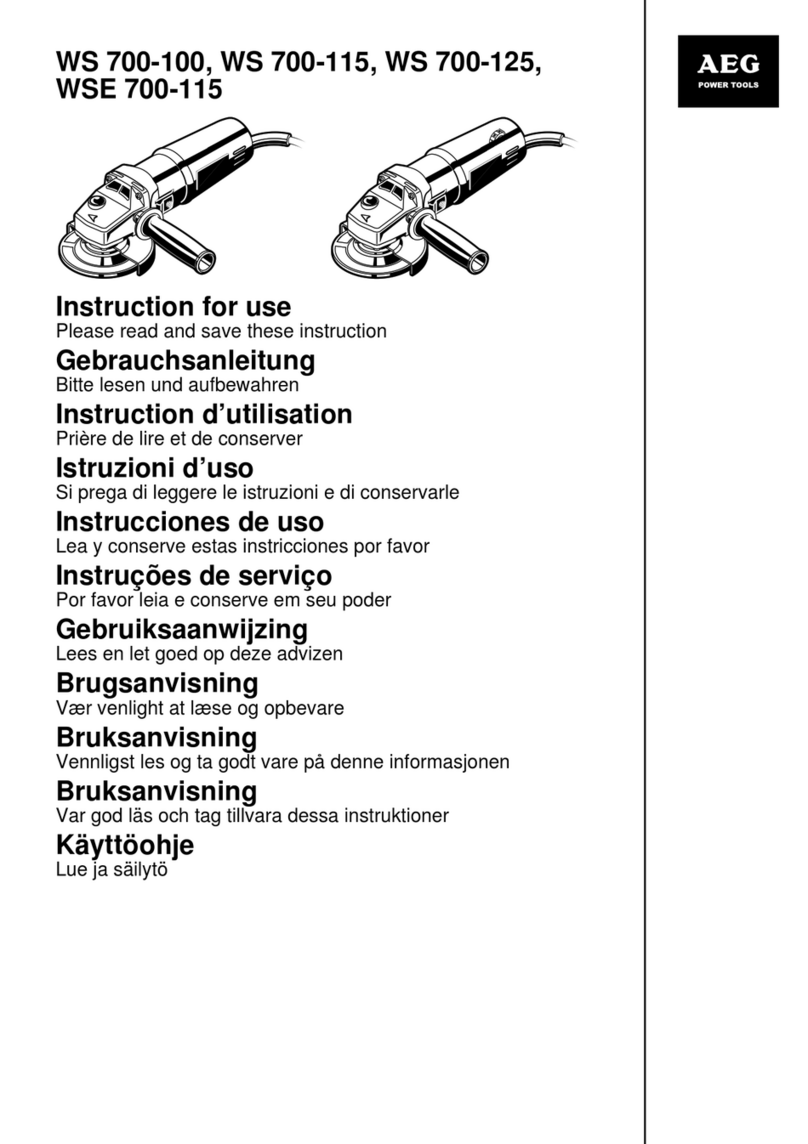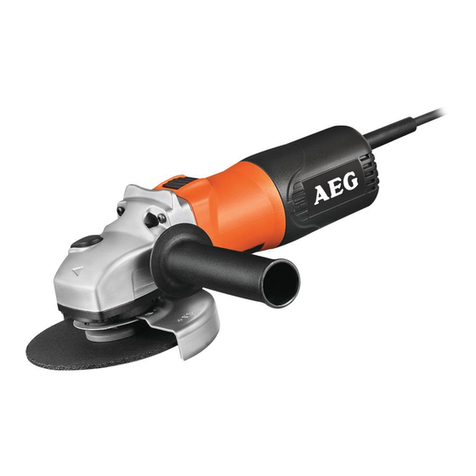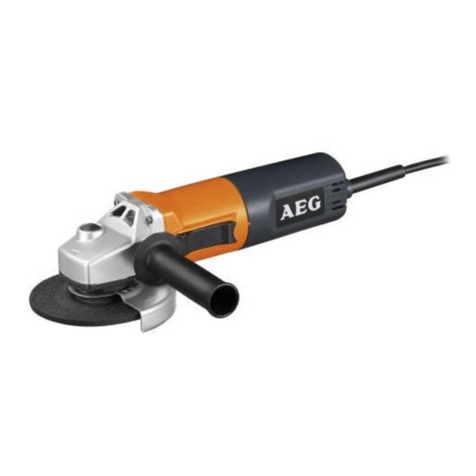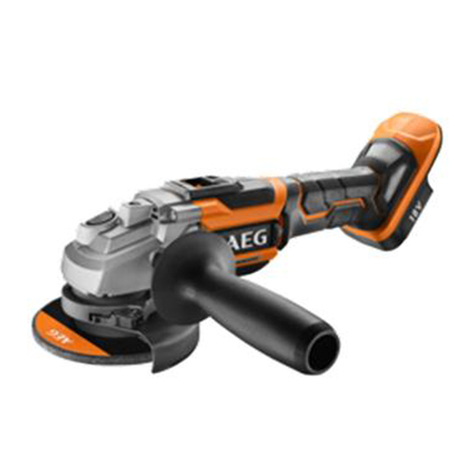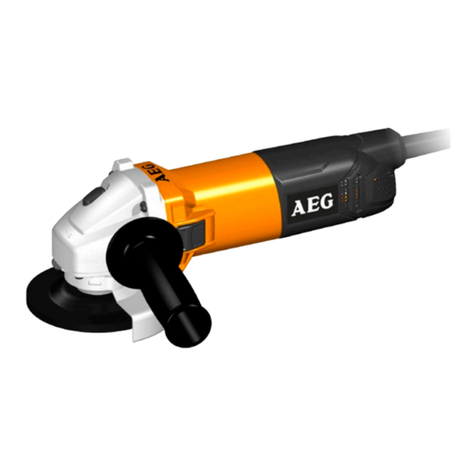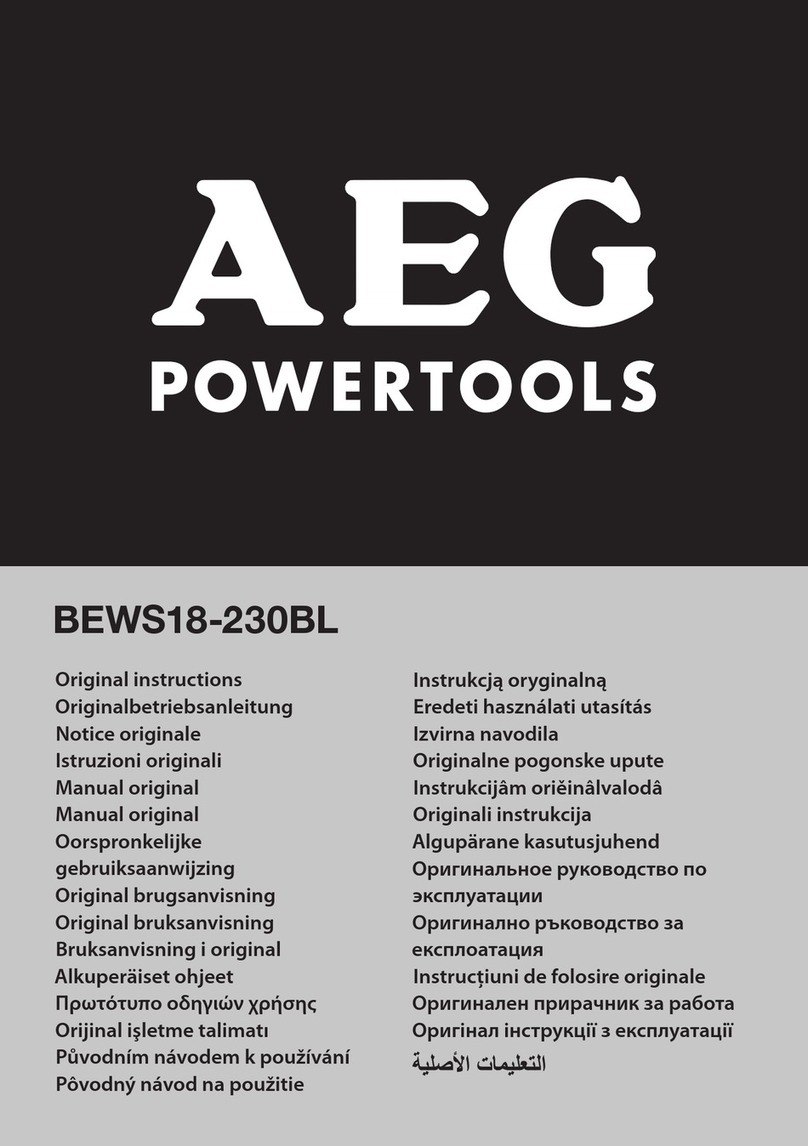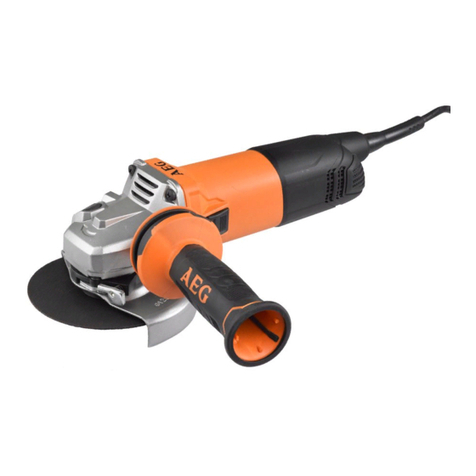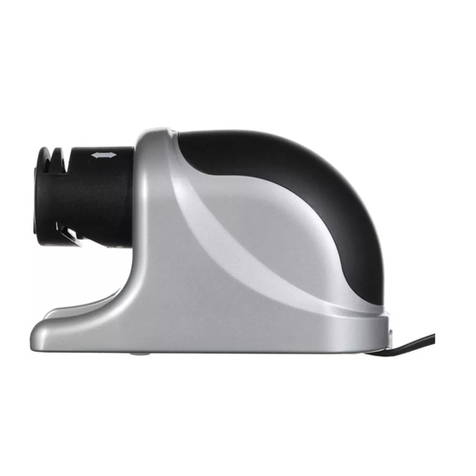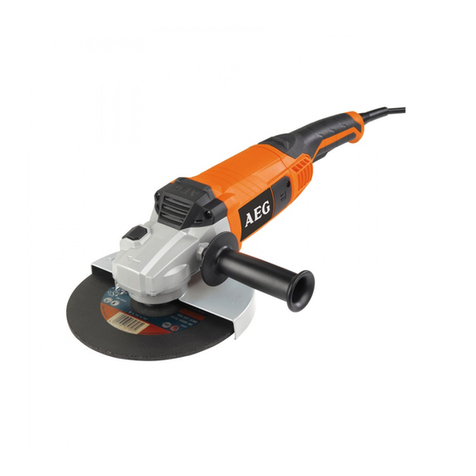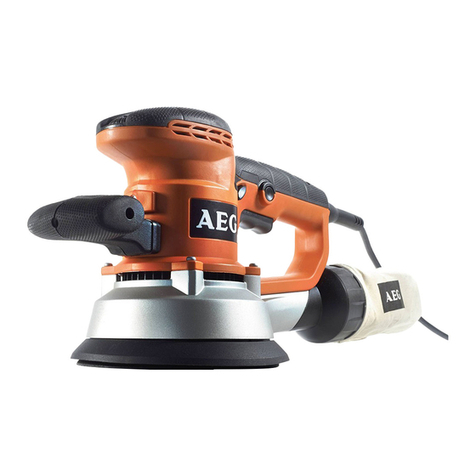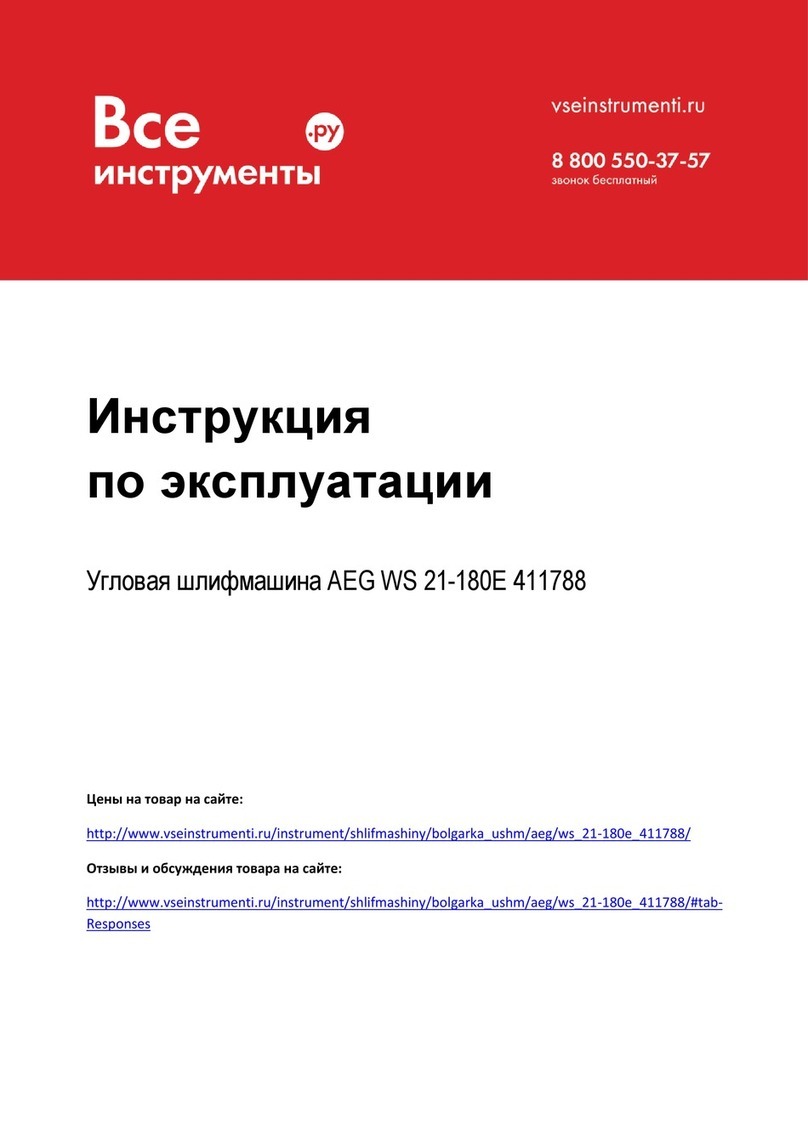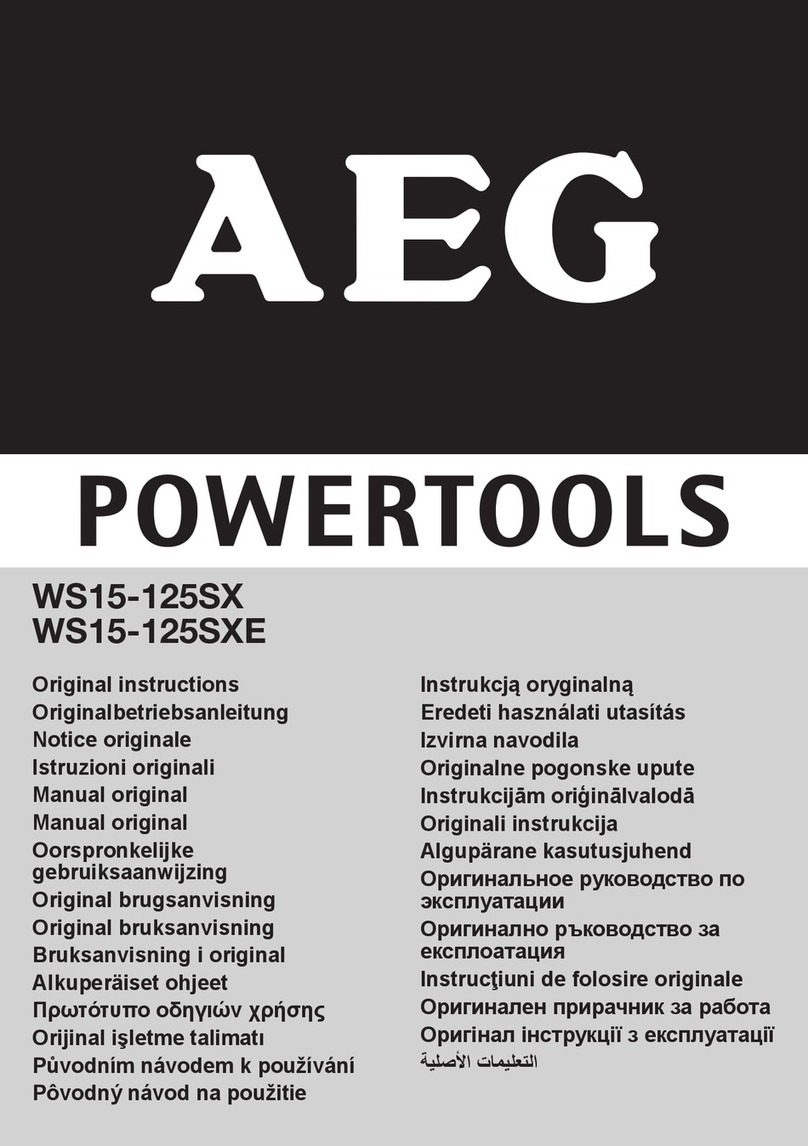2 3
ENGLISH 1 2 3
DEUTSCH 1 2 3
FRANÇAIS 1 2 3
ITALIANO 1 2 3
ESPAÑOL 1 2 3
PORTUGUES
1 2 3
NEDERLANDS
1 2 3
DANSK 1 2 3
NORSK 1 2 3
SVENSKA 1 2 3
SUOMI 1 2 3
ΕΛΛΗΝΙΚΑ 1 2 3
TÜRKÇE 1 2 3
ČESKY 1 2 3
SLOVENSKY
1 2 3
POLSKI 1 2 3
MAGYAR 1 2 3
SLOVENSKO
1 2 3
HRVATSKI 1 2 3
LATVISKI 1 2 3
LIETUVIŠKAI
1 2 3
EESTI 1 2 3
РУССКИЙ 1 2 3
БЪЛГАРСКИ
1 2 3
ROMÂNIA 1 2 3
МАКЕДОНСКИ 1 2 3
УКРАЇНСЬКА 1 2 3
ﻲﺑﺭﻋ 1 2 3
4
4
4
4
4
4
4
4
4
4
4
4
4
4
4
4
4
4
4
4
4
4
4
4
4
4
4
24
28
32
36
40
44
48
52
56
60
64
68
72
76
80
84
88
92
96
100
104
108
112
116
120
124
128
135
